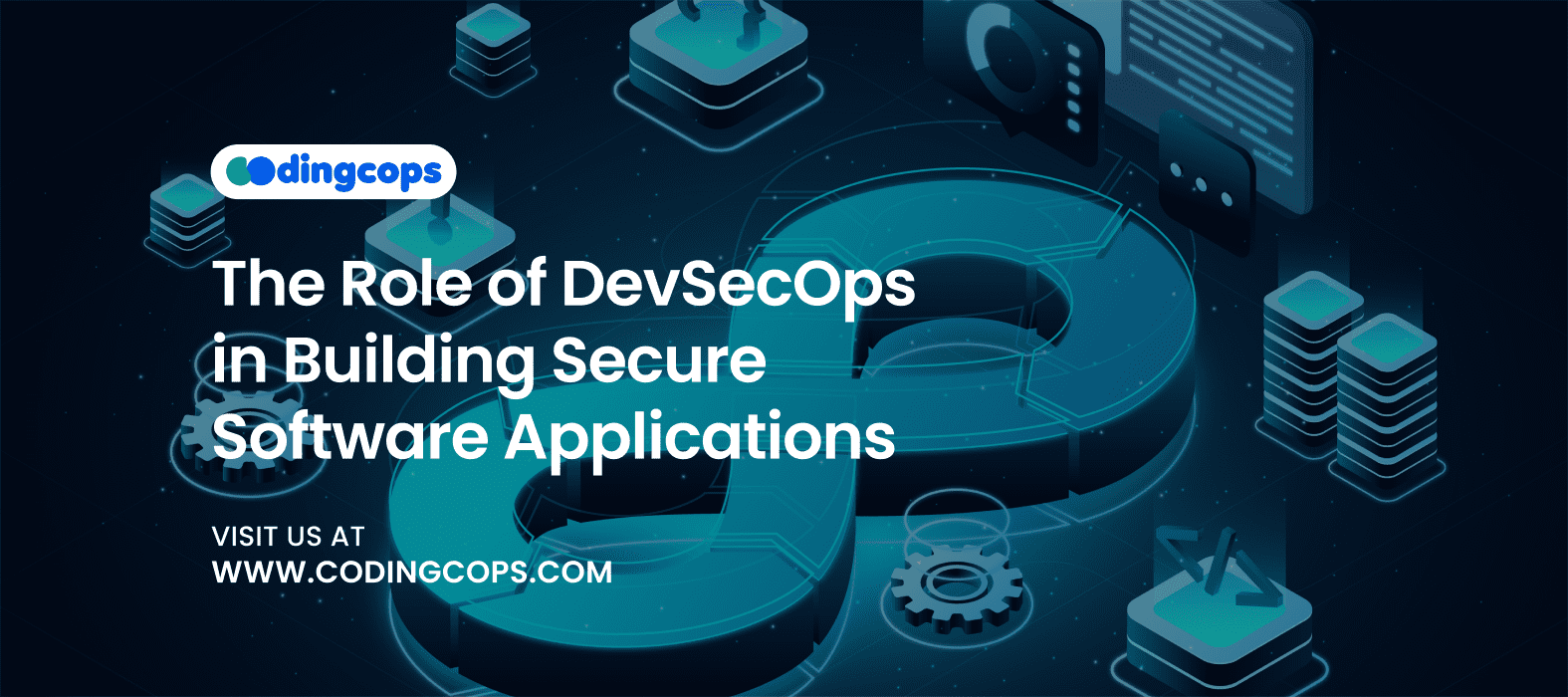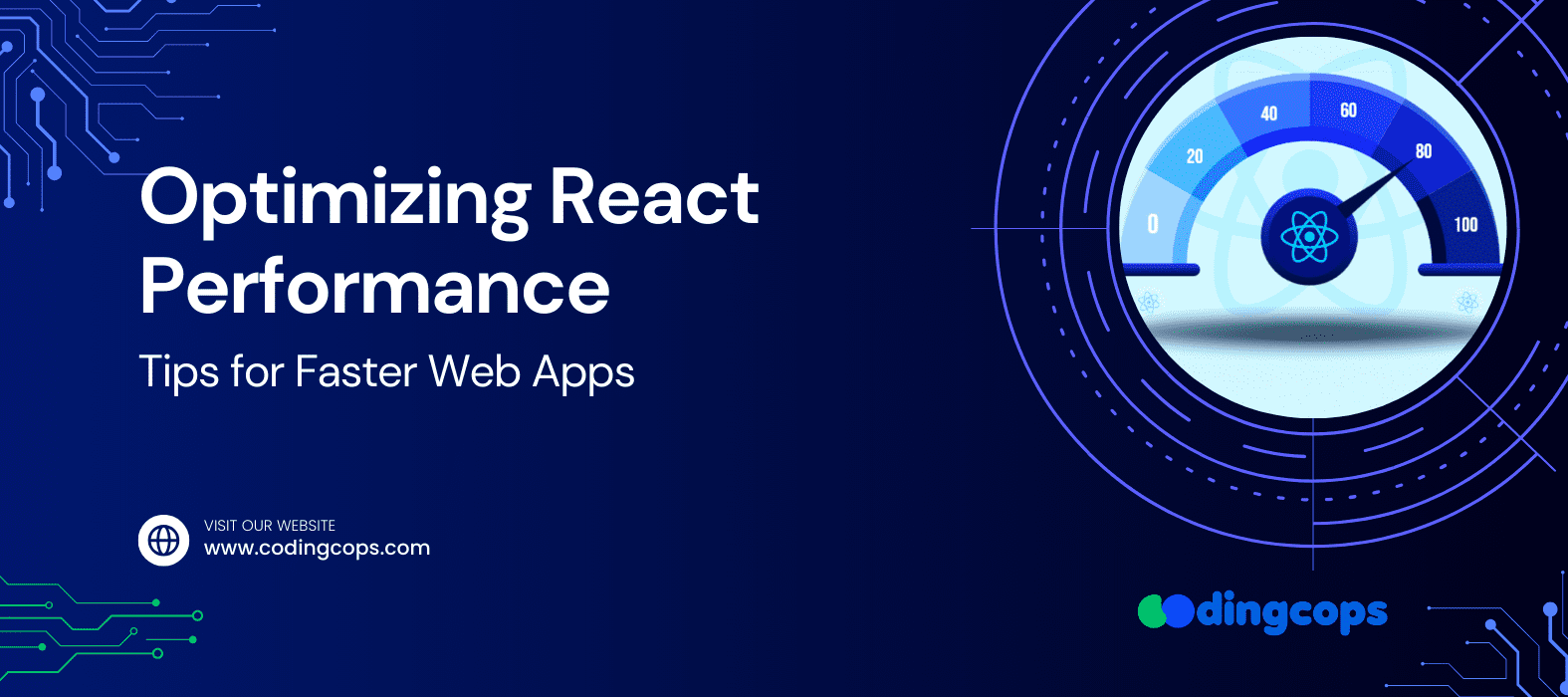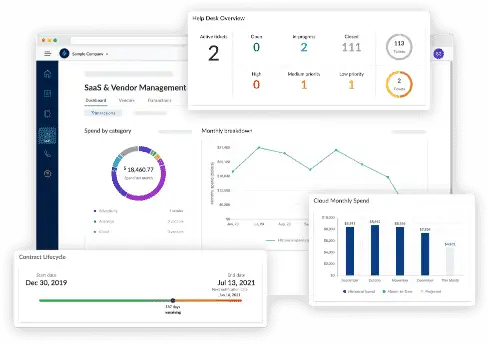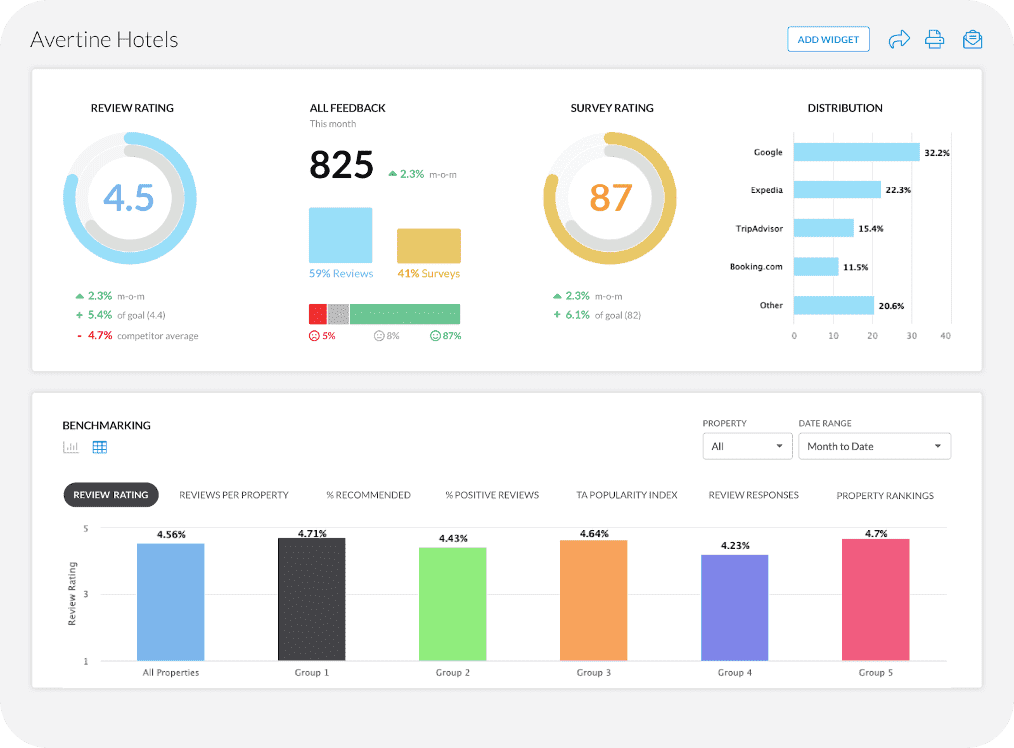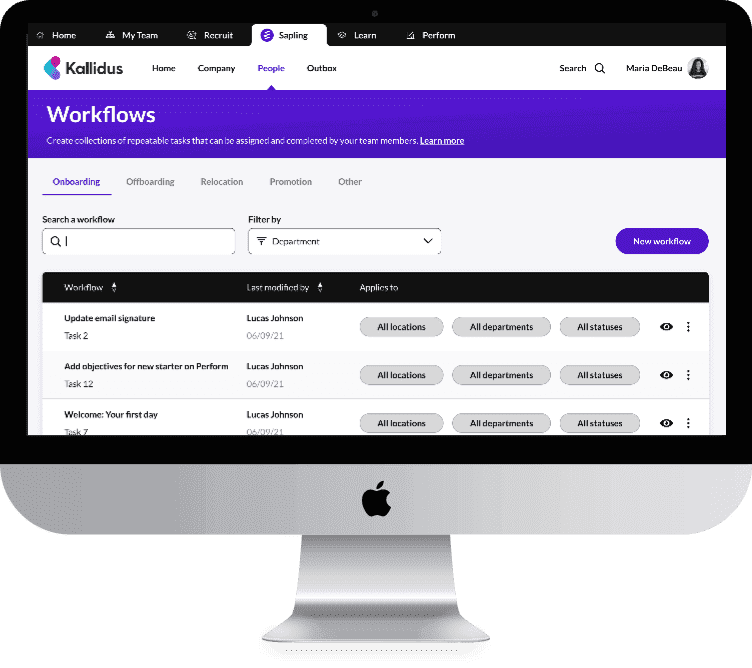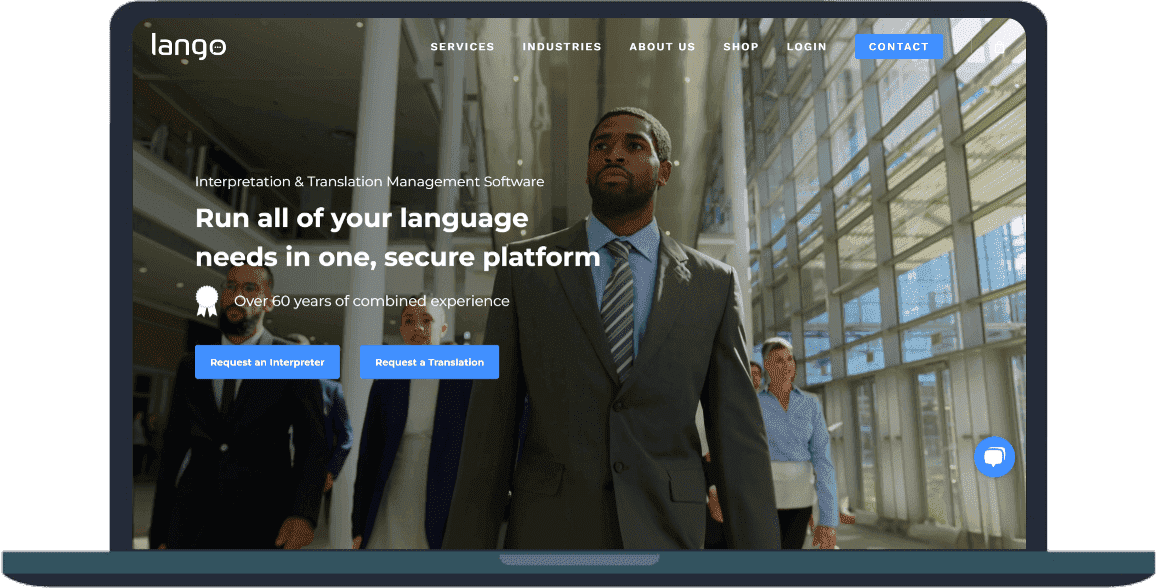Cyber threats are so common nowadays that people won’t even get a shock when listening to a cyber attack until it’s not on their assets or websites. Hence, with an exponential increase in cyber attacks, it has become a necessity to embed security into every stage of the software development lifecycle.
If we talk about the previous year (2024), the global average cost of a data breach was $4.88 million, which was 10% higher than in 2023. So, we can assume that in 2025 the numbers will increase too.
To avoid potential cyber threats, we need to enter DevSecOps. It is a transformative approach that gathers development (dev), security (sec), and operation (ops) to make a unified strategy. With high competition and the sheer demand for quick development, it plays its role in ensuring security for the applications.
In this blog, you will learn about DevSecOps, its importance, benefits, and tools, and we’ll also try to unfold some technical aspects of this phenomenon. So, stay tuned with us as this is going to be a very interesting article.
What is DevSecOps?
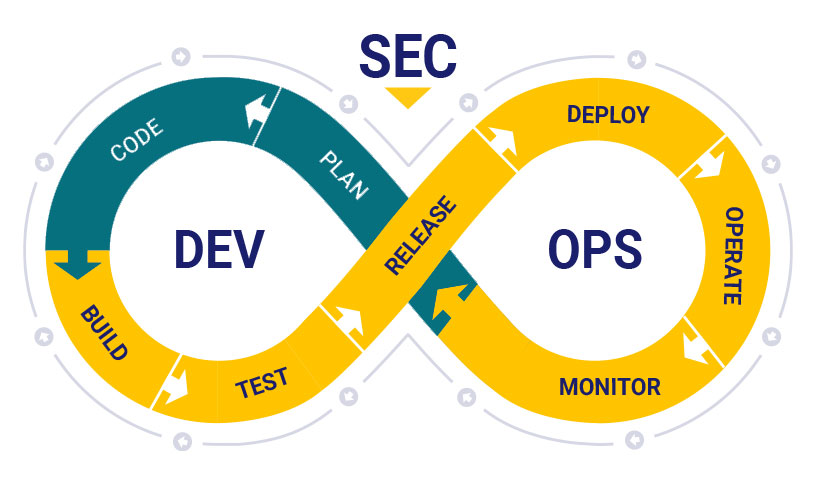
If we say that DevSecOps is the evolution of DevOps, that won’t be wrong. It is the combination of three things, i.e., Development, Security, and Operations. It is an extension of DevOps that integrates security in every phase of the SDLC.
What’s different in DevSecOps and other traditional security models?
The traditional security models treat security as the final step in software development. All phases of a project receive security practices under DevSecOps which starts with project initiation and continues through design, development, deployment, and maintenance.
This project drives a total organizational transformation since it unites developers with security experts and IT operators to collaborate. DevSecOps establishes its purpose through an automated security assessment, which incorporates compliance requirements and vulnerability detection before development reaches advanced stages.
What Raised the Need for DevSecOps?
As we mentioned earlier, cyber threats are common nowadays. Every passing day has a new story of a cyber threat, which raises the need to have a robust and modern security system for newly developed software systems.
Furthermore, the growing complexity of applications and the increasing frequency of deployments have outperformed the previous traditional security methods.
Here are the top reasons to opt for DevSecOps:
Quick Development Cycles
By implementing this strategy, you automate security checks and incorporate security into the CI/CD pipeline. This furnishes you with delivery software projects quickly without compromising security.
Rising Cyber Threats
Each successive year brings more cyberattacks into the world. These threats, including phishing attacks and ransomware together with supply chain attacks create complications for developers and businesses as well as big companies. Hence, the need for a system capable of detecting and tackling threats earlier is raised, leading to DevSecOps.
Compliance Requirements
Like every other field, there are some compliance requirements in the software industry. There exist some regulatory standards, such as GDPR, HIPAA, etc, that demand organizations to have strong security protocols. If you implement DevSecOps in your system, it becomes easier to follow the compliance requirements.
Benefits of DevSecOps
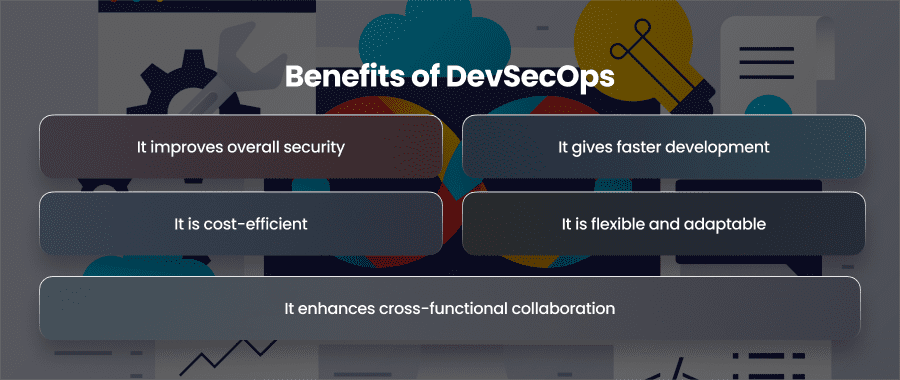
- It improves overall security
Firstly, automated security checks and continuous monitoring of the system enable organizations to proactively detect and resolve vulnerabilities. It integrates security in all parts, ensuring the whole system is secure.
- It gives faster development
Secondly, you get faster and more frequent releases without compromising the security of the system. Moreover, by automating security processes, DevSecOps eliminates all the challenges of slowing down the development process.
- It is cost-efficient
As this system identifies and resolves the vulnerabilities at the earlier stages, it saves you costs linked with security breaches and remediation. Furthermore, it also forces companies to implement security best practices into the development process.
- It enhances cross-functional collaboration
Moreover, it enhances collaboration among various teams, such as development, security, and operations, to work together and achieve a common goal. It is because of the shared responsibility for security among all the teams.
Further, it enhances communication and reduces the friction between teams.
- It is flexible and adaptable
Lastly, if any security incident or a security threat emerges, DevSecOps is bound to give a rapid response. Moreover, it is a flexible and adaptable approach that allows companies to adapt to changing security and business conditions.
Methods DevSecOps Implement for Security
The core purpose of DevSecOps is to secure your software systems and enable them to have a proactive nature against cyber attacks, ransomware attacks, phishing, etc. Here is how this approach reduces the risk of attacks by introducing security measures in the codebase.
It promotes secure coding practices
Firstly, it encourages developers to utilize secure coding protocols and best practices in their development process. Developers should validate inputs, manage secrets properly, and avoid hard-coded credentials.
Furthermore, programmers must be aware of common system vulnerabilities, such as SQL injection, cross-site scripting, etc. Following the given things reduces potential vulnerabilities.
Threat modeling for secure applications
Secondly, it promotes the usage of threat modeling during the planning and design phase. It is a structured process that identifies the potential vulnerabilities and threats and later develops strategies to mitigate such threats.
This process is carried out before writing a single code line as it identifies the potential attack vectors, understands data flows, and anticipates the actions of an attacker. Hence, these tricks enable developers to develop more secure and resilient applications.
Implement identity and access management
The next strategy used to secure systems’ identity and access management. DevSecOps ensures access to the system only to authenticated and authorized persons. It is done by implementing multi-factor authentication and role-based access control.
Such strategies give a secure system capable of tackling any event of breach and denying access.
Monitoring and logging for responding to threats promptly
Continuous monitoring and logging are other techniques used to respond to security threats promptly. It uses advanced tools that track application behavior and monitor for suspicious activity. Moreover, it generates logs that provide a forensic trail.
With all these things, developers get to understand the cause and scope of an attack, enabling faster incident response and improved post-event analysis.
Popular DevSecOps Security Tools

Implementing DevSecOps is not a piece of cake. One has to find the right tools and implement them effectively to get the most out of this approach.
Here are the tools that are used at different levels of the software development lifecycle.
Jit
Jit is a tool that automates security checks across the SDLC. It identifies and mitigates vulnerabilities and potential threats. Moreover, security plans of Jit can be tailored according to user needs and goals.
Semgrep
Semgrep is loaded with a comprehensive rule library and rule syntax capable of detecting security vulnerabilities and coding errors. It is best for organizations requiring easy-to-use multi-language code analysis and security assessments, as it is capable of detecting errors in over 17 languages.
Veracode
It is a cloud-based security tool that simplifies developer security testing. Leading you to have comprehensive visibility into your app’s security posture, it offers remediation tips for the detected vulnerabilities.
Fortify
Fortify is another top-notch security tool with sheer testing capabilities, including static, dynamic, and interactive security testing. Moreover, it is integrated with various leading tools for smooth DevSecOps operations.
AppScan
Lastly, we have AppScan, which is a popular application security tool capable of tackling cyber attacks. The thing that needs to be mentioned is, it comes with an AI-powered solution that is easy to use and supports static and dynamic applications.
DevSecOps vs DevOps – What’s the Difference?
DevSecOps and DevOps both are modern software development practices with the same goal of bringing efficiency and reliability to modern software systems. However, their same goal doesn’t make them follow the same path.
DevSecOps vs DevOps – The Core Difference
DevOps focuses on smooth development, faster operations, and efficient software delivery. Unlike DevSecOps which embeds security measures throughout each development stage before system construction DevSecOps protects against security threats while maintaining production speed.
This section provides a brief description of how DevSecOps distinguishes from DevOps.
| Aspect | DevOps | DevSecOps |
| Definition | It combines development and operations to furnish a smooth software delivery process. | Integrates security in every phase of the software development lifecycle. |
| Primary Focus | Speed, collaboration, and continuous delivery. | Speed, collaboration, and security at every development stage. |
| Security Integration | Security is added after the completion of the development cycle. | Security is added from the start to the end of software development. |
| Team Collaboration | Emphasises collaboration between the development and operations teams. | Bring all players into the collaborative environment, fostering a culture of shared responsibility. |
| CI/CD Adoption | Encourages to adoption of CI/CD for rapid and reliable software releases. | Encourages the adoption of CI/CD but with security testing and compliance checks. |
| Efficiency | Security issues arise and technical debt due to slow feedback loops. | Reduces vulnerabilities and potential threats while not compromising on development speed. |
How DevSecOps Benefits Product Development
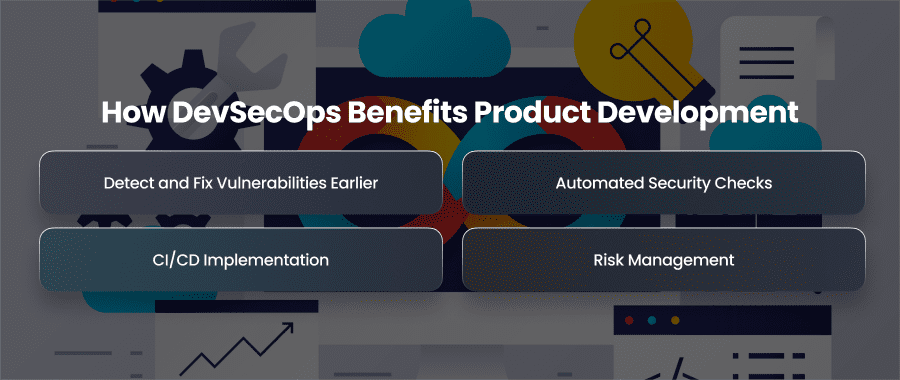
DevSecOps enhances the product development speed despite implementing security practices at every development stage. Here is how it speeds up the product development process.
Detect and Fix Vulnerabilities Earlier
Firstly, the role of DevSecOps in product development is to detect and fix vulnerabilities right from the beginning of the project. Thus, it reduces the time spent reworking code and speeds up the development process.
Automated Security Checks
One can rapidly detect code vulnerabilities in extensive codebases through automated security checks. The automated security check system decreases manpower requirements while enabling developers to tackle complex problems, thus speeding up the development process.
CI/CD Implementation
The integration of Continuous Integration and Continuous Delivery principles enables code changes to be made more frequently and delivers updates faster and continuously. This implementation not only fastens the delivery process but also quickly reacts to changes in market conditions or user requirements.
Risk Management
Lastly, potential risks are identified and addressed anywhere in the project. Instead of leaving the vulnerabilities to handle at the end, DevSecOps manages them at every step. This strategy reduces the risk of project delays because there won’t be any late-stage security issues.
Summary
DevSecOps functions as a development mindset that protects your application from security threats through its methodology. Organizations achieve secure and compliant, and reliable software development while reducing costs after this phenomenon.

